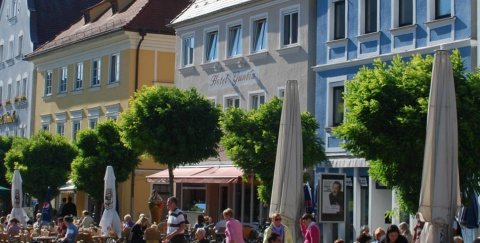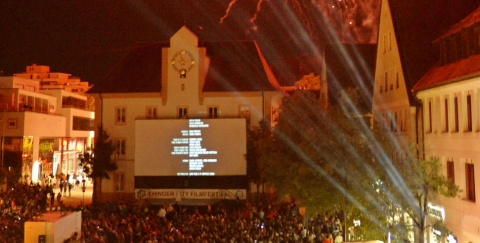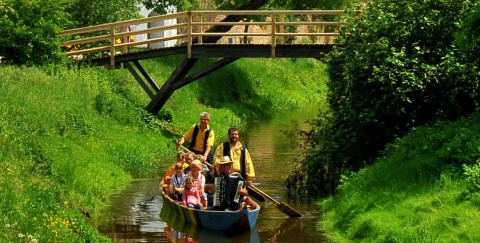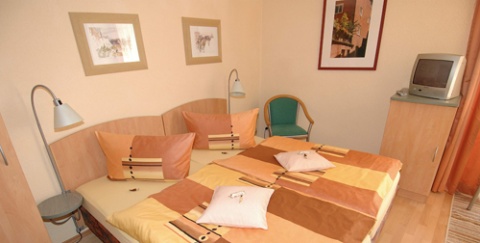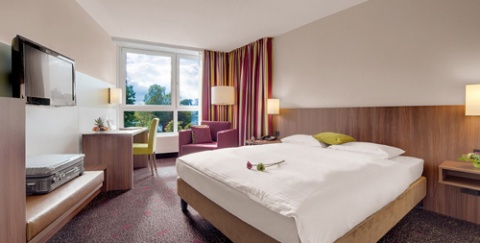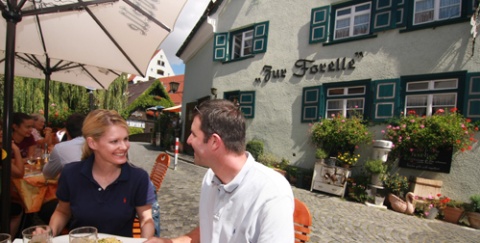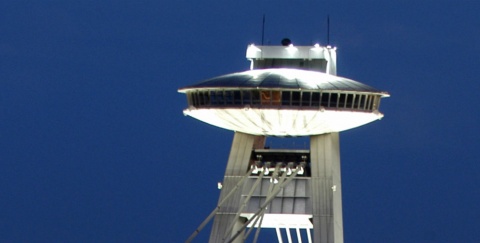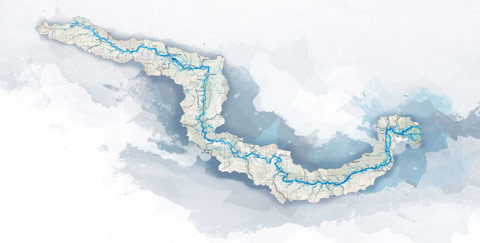

Dillingen
It may come as a surprise to learn that a small town like Dillingen has a university. But Dillingen has, in fact, been a university town since 1549, which led to it becoming a centre of intellectual and religious thought in Bavaria. Although the university moved to Augsburg in the 1970s, the histori...
Country: Germany
Dillingen is a large town on the Danube with a population of around 18,500 and is the administrative centre for the Dillingen district in Bavarian Swabia. It is situated in northern Swabia, on the northern bank of the Danube in the Donauried basin. Bavaria's border with Baden-Württemberg is about 15km away. The nearest city is Augsburg, approximately 50km to the south-east.
City Highlights
Church rulers and great scholars brought prosperity and prominence to the town, which explains why there is so much to see here. Dillingen has lost none of its grandeur today, having also been fortunate enough to survive the Second World War unscathed. Königstrasse is the main thoroughfare at the heart of the old quarter, and is close to a series of treasures such as the palace, St. Peter's Basilica, the Studienkirche church and the town museum. They are part of a historical townscape of rare beauty and unity of style that will enchant you at every turn. The Old and New Town Hall are two of the finest architectural monuments in Dillingen but there are many others that merit a closer look. These include the Mittleres Tor (the last remaining town gate from around 1264 when the town was founded), the palace with its wonderful gardens, the church of the former Capuchin Monastery, and St. Wolfgang's Chapel. The latter was built outside the town gates in 1536 as a cemetery chapel with an adjoining gravedigger's house. Two other churches of interest are the neo-Gothic Church of St. Katharine (the town's Protestant church), and the Christkönigskirche (Church of Christ the King) from the 1960s, which contains an exquisite Madonna dating from 1510 and creates a striking contrast to the historical townscape. But in a town like Dillingen where so much harmony prevails, a little bit of contrast doesn't do any harm.
The buildings of the former Jesuit college and former university occupy a prominent position at the heart of Dillingen. The complex itself is well worth seeing, as are the library and the Golden Hall inside. The Studienkirche, or university church, originally a Renaissance building, was remodelled in the rococo style between 1750 and 1776. As well as being part of the former university, the church was also used for the ordination of priests in the Bishopric of Augsburg. It is well worth going inside to see the 'Assumption of Our Lady' high altar and the frescoes in the chancel and nave.
After Augsburg Cathedral, St. Peter's Basilica is the second cathedral for the Augsburg diocese and a number of bishops have been ordained or buried here. In 1979 it was elevated to the status of papal basilica minor. This triple-naved hall church was built between 1619 and 1628 on the foundations of earlier churches from the 13th and 15th centuries. At 54.8 metres long, 22.3 metres high and 22 metres wide, it does indeed have the dimensions of a cathedral. The church was renovated in 1643 after sustaining damage during the Thirty Years' War when Dillingen was occupied by the Swedes. In 1669 the Gothic tower from the original church was raised to 49 metres, and in 1733 the Erasmus Chapel was added to the north side. The interior decoration and frescoes that you see today date from 1733 and 1734. The south-east corner of the basilica is adjacent to the Franciscan convent church, and a Lourdes grotto is located in the south-west corner.
Dillingen Palace is the former residence of the Prince Bishops of Augsburg and stands upon a raised terrace on the southern edge of the town centre. The imposing north-west tower with its three octagonal floors is one of the signature landmarks of this Swabian town. A castle existed here back in the 10th century, but it was only when ownership of the building was transferred to the Prince-Bishopric of Augsburg that it – and indeed the town – started to flourish. Its transformation from a medieval stronghold to a Gothic palace took place between 1458 and 1520. Following a number of extensions, the building underwent another dramatic change in the 18th century when an attempt was made to convert it into a baroque palace in the style of the time. The rounded cour d'honneur and the gatehouse in the north also date from this period. Secularisation in 1802/1803 put an end to the palace's time as residence for the Prince Bishops. Today, Dillingen Palace is home to the tax office, and public events are regularly held in the courtyard and Mozart Hall.
Accommodation in Dillingen
Dillingen offers a number of excellent hotels as well as guesthouses, B&Bs and private accommodation. The Stadthotel Convikt occupies a historical building only about a minute's walk from the centre. It offers coach and car parking on site and is particularly suitable for families and cyclists. Hotel Garni Trumm also caters for cyclists, offering cycle hire and a garage for bikes. English is spoken in these two hotels, as well as in Dillinger Hof and Hotel zur Donau. The Donaucamping Eichwaldstuben campsite offers 40 pitches with power hook-ups for caravans as well as hot showers, a storage room for bicycles, a waste disposal point for toilets, a washing-up area, washing machine, dryer and campfire. There is a restaurant nearby with a beer garden and guest rooms. Other local attractions and amenities include the Danube Cycle Route, a landing stage for boats, an outdoor pool, an adventure playground, mini golf and fishing in the Danube.
Activities in Dillinger
The Dillinger Land holiday region that surrounds the town is ideal for exploring by bike, offering a triumvirate of landscapes in the shape of the Alpine foothills, Danube valley and Swabian Alb. Besides the regional trails, which offer plenty of variety, there are many long-distance cycling routes. A feature of the Dillinger Land region is the number of different landscape types that follow in close succession. If you're looking for a challenging ride, the hilly terrain in the Augsburg-Western Woods Nature Park (in the southern part of the Dillingen district) is more physically demanding. But you can just as easily enjoy leisurely bike rides without any notable climbs in the broad and level Danube valley. Hilly or flat: the Dillinger Land region offers cyclists the best of both worlds. Inexpensive accommodation can be found at 'Bett & Bike' hotels and guesthouses; cycle hire is widely available and at various places you can even hire electric bikes.
As soon as temperatures start to rise in summer, swimming lakes offer a welcome opportunity to cool off and are fun for all the family. Whether you're swimming, fishing, sailing, diving, boating, waterskiing, wakeboarding or simply enjoying nature – the varied lakeland scenery of the Dillinger Land offers activities galore. Those who enjoy swimming may also like to visit the idyllically situated Eichwaldbad, an outdoor pool by the Danube, which has a pool for swimming lengths, a shallower leisure pool with counter-current, massage jets and water jets, and a paddling pool. It also has a 50m waterslide, a beach volleyball court, a barbecue area, a large sunbathing lawn with a children's playground, a kiosk offering snacks and refreshments, and a large car park.
Contact:
Dillingen Town Hall
Tourist Information
Im Rathaus
Königstrasse 37/38
89407 Dillingen an der Donau
Tel.: +49 (0)9071 54208
Fax: +49 (0)9071 54209
DANUBE.TRAVEL has no control over the website content generated by users and/or visitors, neither such content represents a statement, opinion, recommendation or rating by DANUBE.TRAVEL. For further information please refer to DANUBE.TRAVEL – General Website Terms and Conditions of Use.
 EN
EN DE
DE

